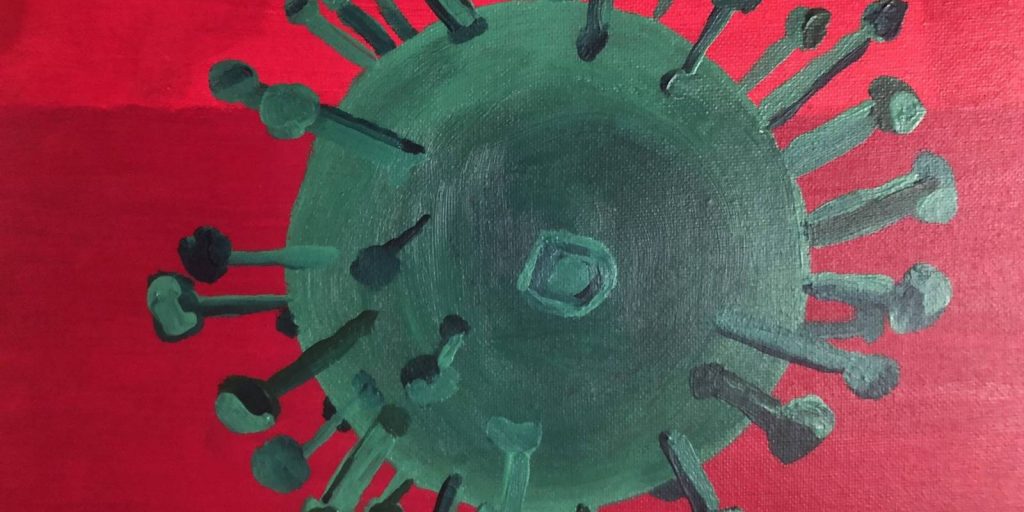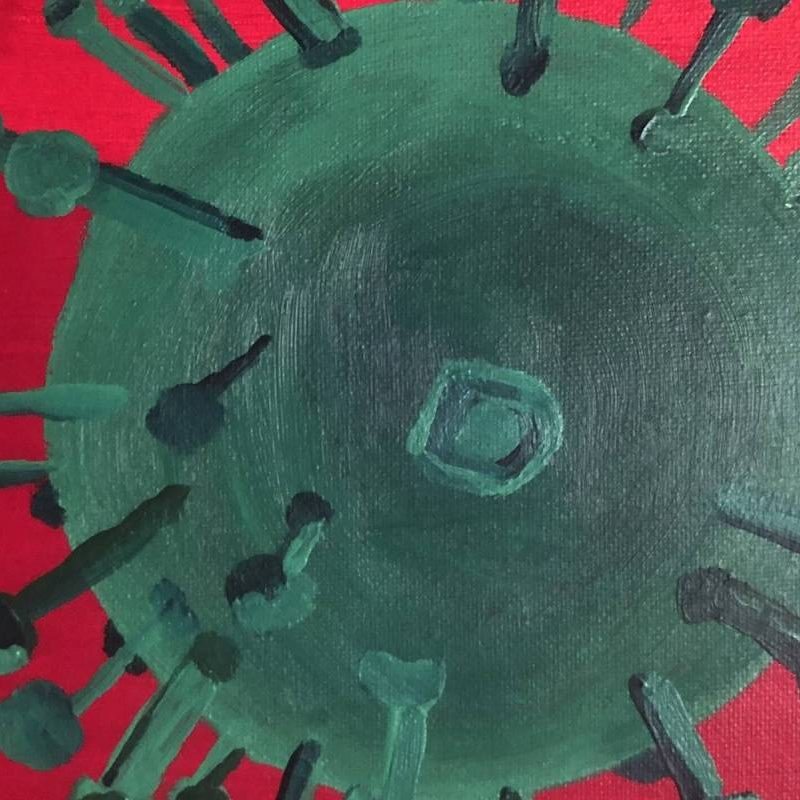Webinar August 19: Racial Disparities in Mortality During the 1918 Influenza Pandemic in United States Cities

Our webinar series is returning for the fall semester! Please join us for the first talk on August 19 at 1600 CET. Elizabeth Wrigley-Field, University of Minnesota, and Martin Eiermann, University of Berkeley will present: “Racial Disparities in Mortality During the 1918 Influenza Pandemic in United States Cities”
Abstract:
The 1918 influenza pandemic stands out for its extreme virulence and unusual age pattern of mortality. A third feature merits the same level of scrutiny and scientific prominence: against a historical backdrop of extreme racial health inequality, the pandemic produced strikingly small ratios of nonwhite to white influenza and pneumonia mortality in the United States. We provide the most complete account of these racial disparities in U.S. cities in 1918 to date, showing that they were almost uniformly small across cities. We also advance and evaluate four potential explanations for this result, including racial differences in: (1) socio-demographic factors like segregation, (2) exposure to city-level implementation of non-pharmaceutical interventions (NPIs), (3) exposure to the spring 1918 “herald wave,” and (4) early-life exposures to other influenza strains that could have resulted in differences in immunological vulnerability to the 1918 flu. While we find little evidence for explanations related to residential segregation, NPIs, or partial immunity induced by the herald wave, our results suggest that racial variation in early-life exposure to influenza—in particular the 1890-1892 pandemic—likely shrank racial disparities during the 1918 pandemic. We also find suggestive evidence consistent with a behavioral response to the herald wave. In providing new evidence of the patterns and potential drivers of racial inequality in mortality during the 1918 pandemic, our study underscores the importance of considering interactions between the natural history of a particular microbial agent and the social history of the populations it infects in the study of infectious disease patterns.
